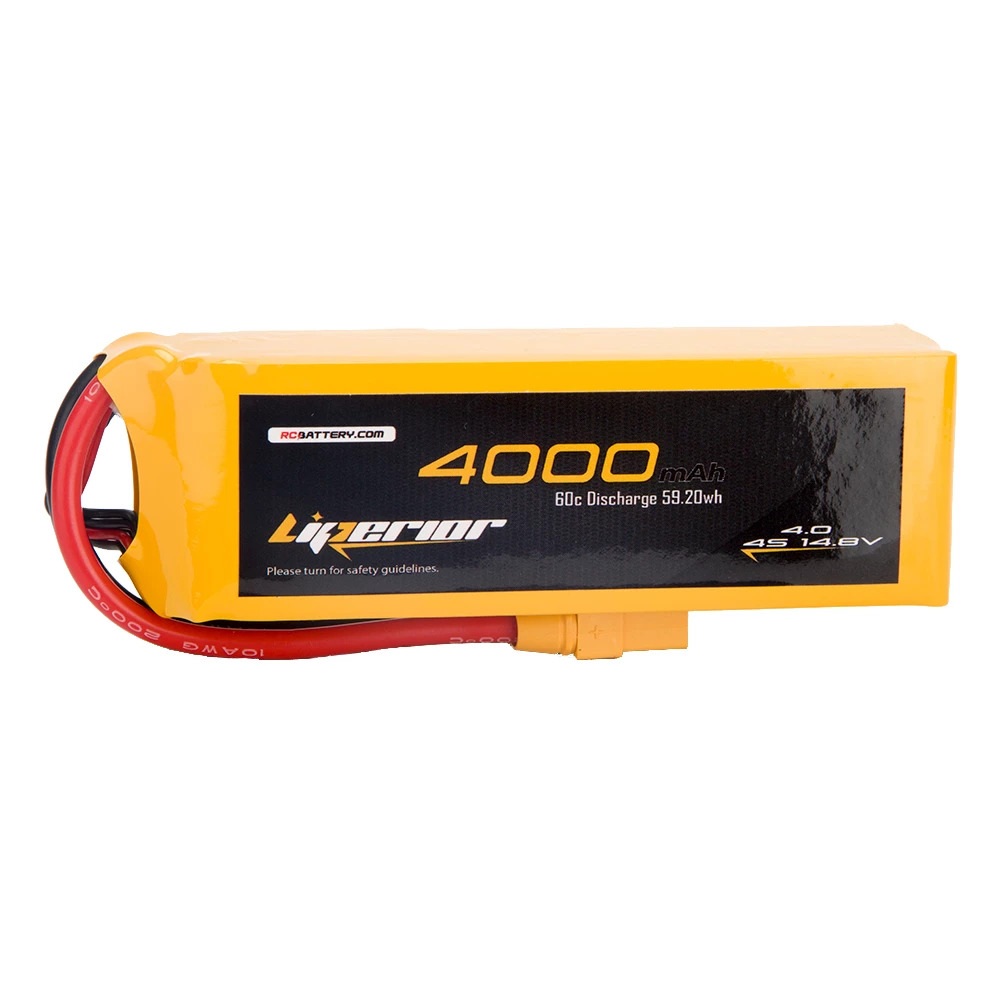Your rc airplane’s battery is arguably the most important component to get right when building or maintaining your model. Choose a battery that is undersized and you won’t have enough power or flight time. Choose one that is too large or heavy and your aircraft may struggle to get off the ground. Selecting the right rc airplane battery involves understanding the basic types available and key specifications to look for. In this beginner’s guide, we’ll cover exactly that.
Battery Types
The two main RC batteries types used in airplanes are:
NiMH – Nickel-metal hydride batteries were very popular in the past for powering rc airplanes. They can provide lots of current and decent capacity for their size and weight. However, their self-discharge rate is high which means they slowly lose charge when idle. Most modelers today prefer LiPo instead.
LiPo – Lithium polymer batteries are the go-to choice today. They offer higher capacities for their size and weight compared to NiMH. They also hold a charge well when not in use. Their power-to-weight ratio makes LiPo the top choice for most rc airplanes whether you’re after speed, acrobatics, or long flight times.
Key Specifications
When comparing rc airplane batteries, there are a few key specifications to understand to determine performance and whether or not a particular LiPo pack meets your plane’s needs:
Capacity – The capacity of a LiPo battery determines how much charge it can hold, stated in milliamp hours (mAh). The larger the mAh, the longer flight times you’ll achieve. Capacity needs to be balanced; too little and your plane won’t stay aloft very long, too much and you’re adding unnecessary weight.
Voltage – RC airplanes typically run on 3.7V lithium cells. Battery output ranges from around 7.4V for 2 cell packs up to 11.1V, 14.8V, and so on as cell counts increase. Higher voltage packs allow for higher current draws. Voltage needs to match your aircraft’s electronics whether that’s main flight batteries or receivers packs.
C-Rating – The C-rating states how much current a battery can safely provide. It’s stated as a multiple of capacity; for example, a 5000mAh battery rated for 50C can deliver 250A (50 x 5,000mA). Higher C-ratings mean more available power but cost and weight also increase. Look closely at motor current draws when selecting C-ratings.
Discharge rating – Closely related to C-rating, the discharge rating states the maximum constant safe discharge current. Peak discharge can be higher for short bursts. 20C to 30C or lower ratings are common for gentler fliers while 50C to 100C+ meets power and aerobatics requirements.
Connectors – RC batteries feature male and female bullet connectors for secure attachment to electronics. Common types are Dean’s, EC3, XT60, and others. Your battery must match the female connector on the speed controller to plug together.
Form Factor – RC LiPo batteries come in square or rectangular packs rather than cylindrical cells. They are measured in millimeters for length, width, and height. Consider how to best fit your battery compartment space when choosing size.
Modifications and Accessories
Balance tap – In addition to power connectors, rc batteries have a balance connector lead. This allows your smart charger to monitor individual cell voltages and balance your battery when charging for optimal performance and longevity.
Shrink wrap – Good quality packs feature heat shrink wrap around each cell for electrical insulation and protection. Physical damage to cells can cause catastrophic failures.
Low-voltage buzzer – Though not commonly supplied, you can purchase external low-voltage battery alarms that plug into your LiPo balance tap. They buzz when cell voltage drops to your preset threshold so you know when to land.
Battery straps – Quality Velcro battery straps help keep your battery securely positioned within the fuselage or other compartment space during flight. Never allow a loose battery to shift or fall which could unbalance the plane.
Selecting the Optimal Battery
When trying to select the right LiPo battery for your rc airplane, begin by considering your aircraft’s recommended capacity range to narrow choices. Then look at specs for voltage, discharge rate, connectors, size/dimensions, and weight that allow the battery to physically fit while meeting electrical requirements.
Ideally choose a airplane battery where recommended capacity falls around the middle of the manufacturer rated range; this avoids issues with both under or over-capability. Then pick the highest safe discharge rating you can find and afford to allow for maximum power when needed. Of course, the battery must seamlessly integrate into the airframe’s available space too.
While more affordable batteries may save money upfront, performance and cycle life benefit greatly from premium packs. With proper use and charging habits though, RC LiPo batteries should last through dozens or even a few hundred charge cycles if not abused. Investing in the right battery for your aircraft ensures the power and flight times desired are achieved safely and reliably.
There are certainly more advanced nuances when optimizing rc power systems, but this overview covers the key specifications and considerations when choosing LiPo battery packs for RC airplanes. Let me know if you have any other questions!
